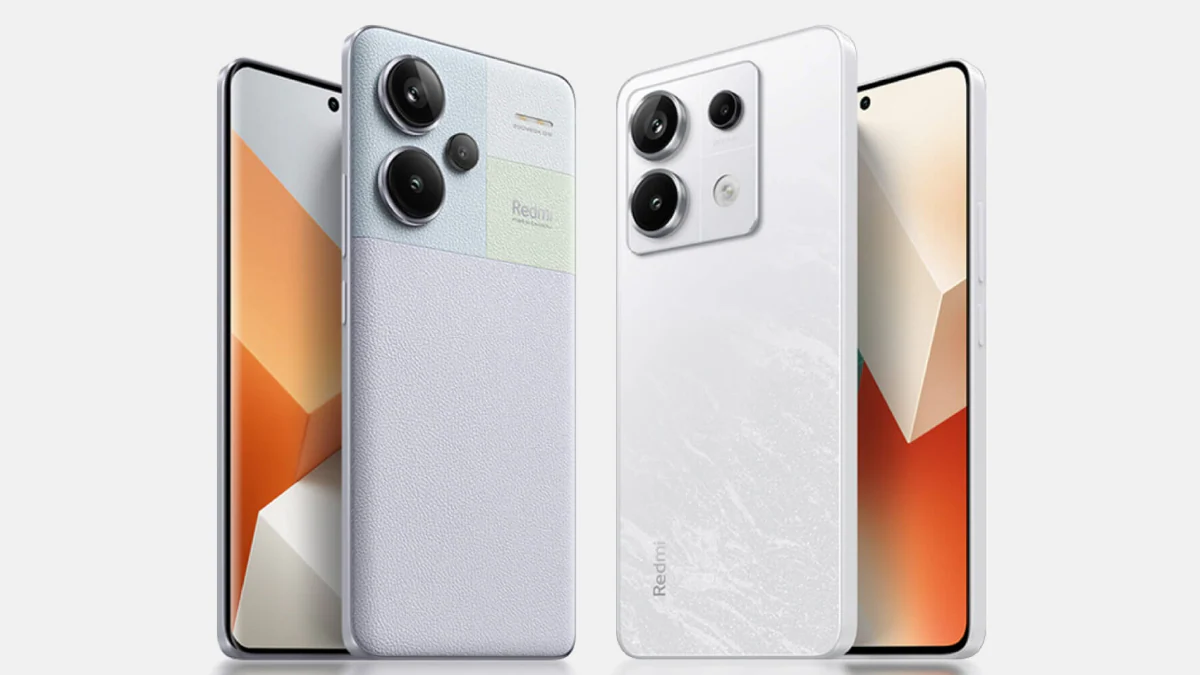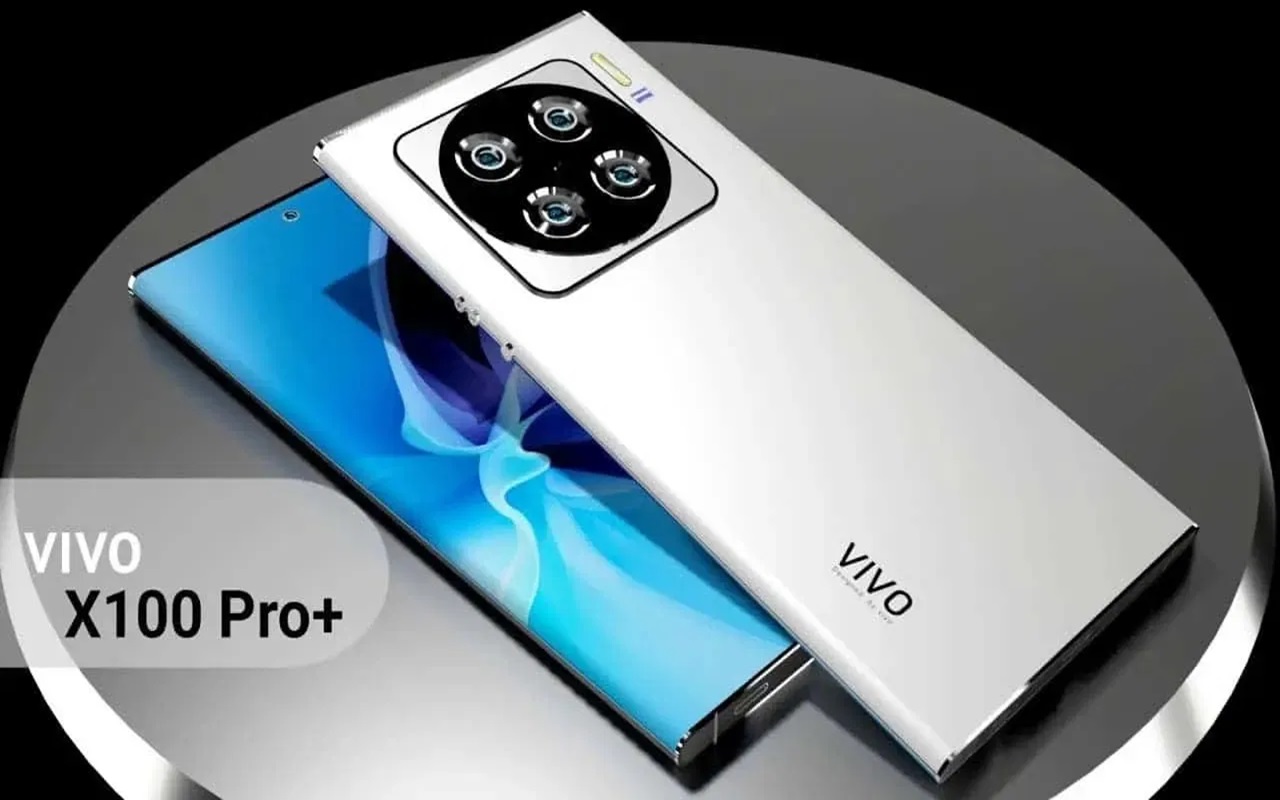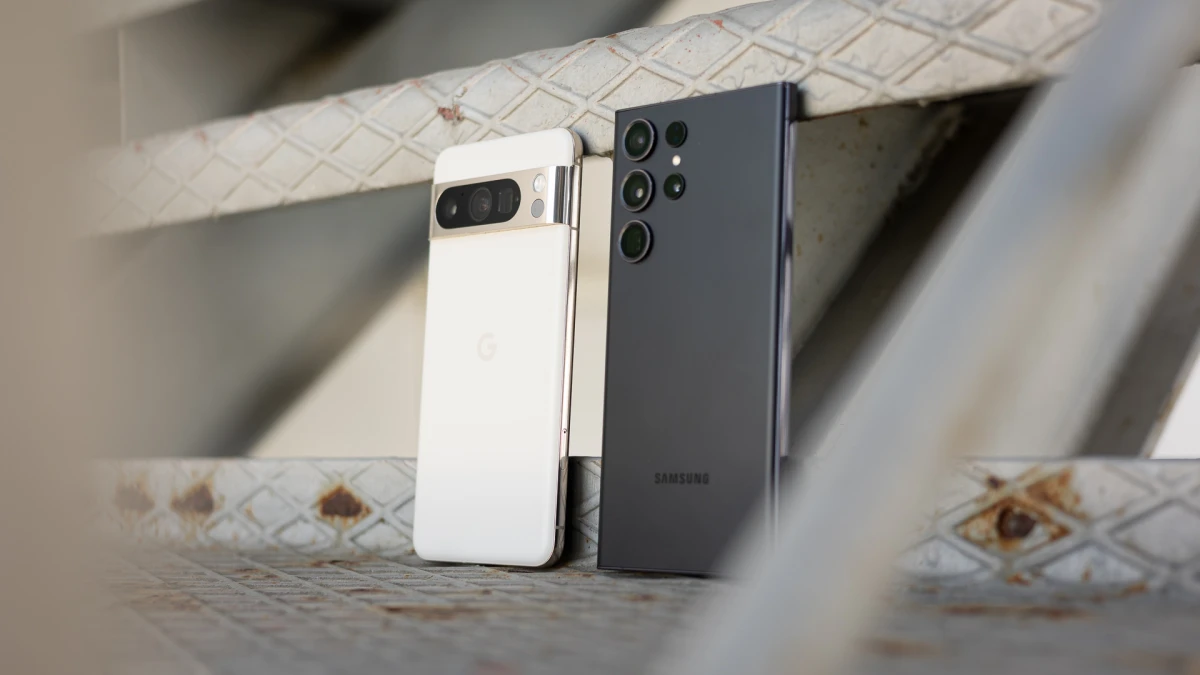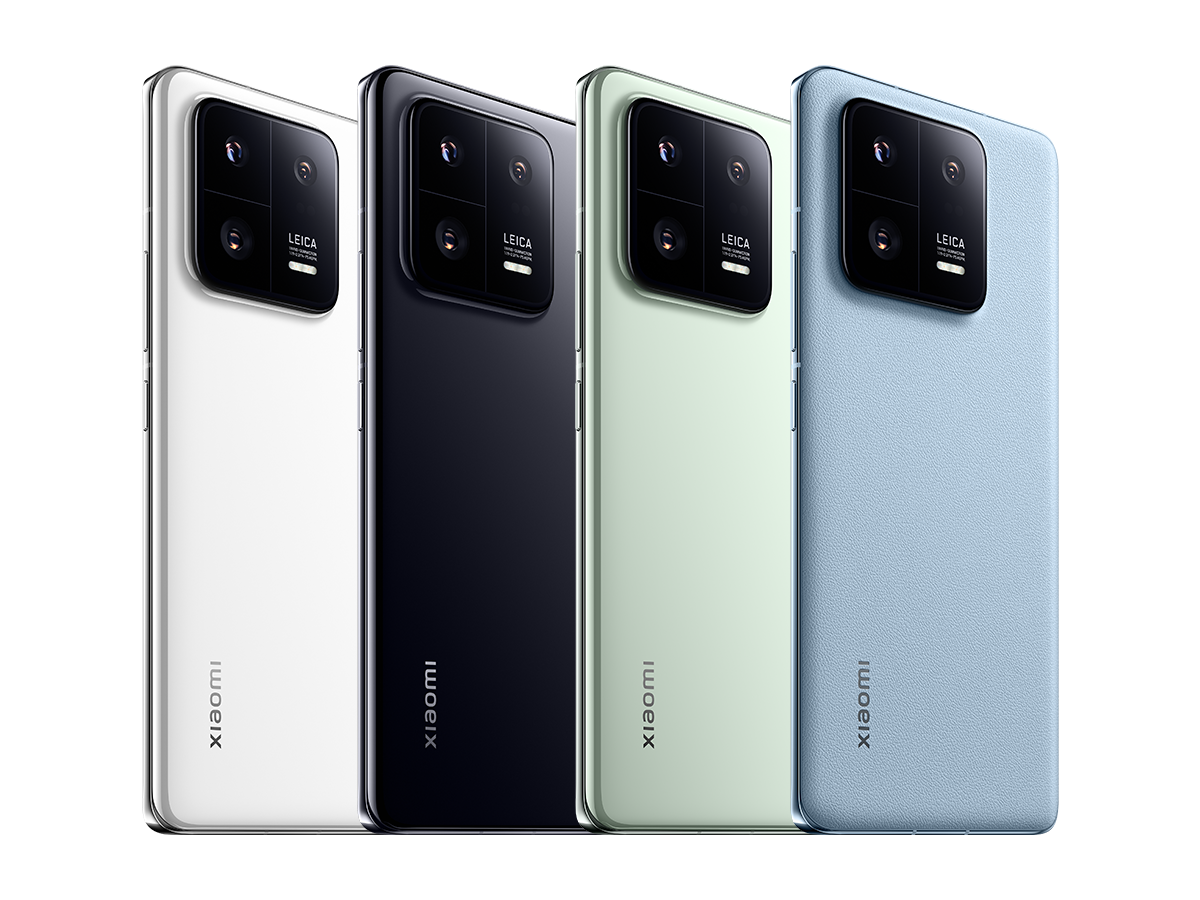Redmi has introduced the Redmi Note 13 series in India, and the Redmi Note 13 Pro+ stands out as the most advanced model. Let’s take a closer look at the key features, specifications, and the price of the new Redmi Note 13 Pro+ 5G phone.

Pricing:
The Redmi Note 13 Pro+ 5G is available in different configurations:
8GB RAM + 256GB storage: Rs 31,999 or 372 usd
12GB RAM + 256GB storage: Rs 33,999 or 395 usd
12GB RAM + 512GB storage: Rs 35,999 or 420 usd
The phone can be purchased from Flipkart and Amazon, with a Rs 2,000 discount for ICICI bank debit and credit cardholders.
Key Specifications:
1. Processor: Powered by a MediaTek Dimensity 7200 Ultra SoC.
2. Software: Comes with Android 13 OS out of the box.
3. Back Camera: Features a triple rear camera setup:
200-megapixel Samsung ISOCELL HP3 camera
8-megapixel ultra-wide camera
2-megapixel macro sensor
4. Front Camera: Equipped with a 16-megapixel sensor for selfies.
5. Battery: Houses a 5,000mAh battery.
6. Display: Offers a 1.5K 120Hz screen.
Key Features:
Impressive Camera: The Redmi Note 13 Pro+ boasts a remarkable 200-megapixel triple rear camera setup, ensuring detailed and colorful shots. It supports 4K video recording at 30fps and features 4X lossless zoom for photographs.
Design and Display: The phone stands out with an IP68 rating, making it resistant to water damage, a rare feature in this price range. The design is appealing, featuring a curved-edge screen with vibrant colors. The display is protected by Gorilla Glass Victus coating for enhanced scratch resistance.
Battery Life: With a substantial 5,000mAh battery, the Redmi Note 13 Pro+ promises long-lasting battery life. Additionally, it supports 120W fast charging, ensuring a quick top-up of the battery.
Performance: Powered by MediaTek’s Dimensity 7200-Ultra 5G processor, the phone offers smooth performance. The inclusion of a 4000mm vapour cooling system helps dissipate heat during intensive tasks.
The Redmi Note 13 Pro+ combines advanced features, impressive camera capabilities, and a sleek design, making it a competitive option in the mid-range 5G smartphone market.








